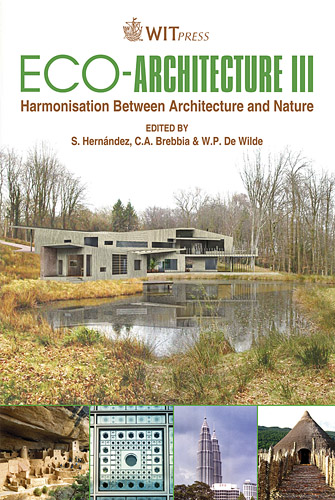Building Maintenance: A Technology For Resource Conservation
Price
Free (open access)
Transaction
Volume
128
Pages
12
Page Range
435 - 446
Published
2010
Size
1,601 kb
Paper DOI
10.2495/ARC100371
Copyright
WIT Press
Author(s)
M. Di Sivo & D. Ladiana
Abstract
The Bruntland Report has for the first time formulated the concept of \“sustainable development”, defining it as \“development able to meet current needs without compromising future generations’ ability to meet their own needs”; such definition has emphasised not only the need to limit natural resources consumption and pollution emissions, but has also introduced the concept of (ethical) \“responsibility” of man’s action, both towards the natural environment and towards the anthropized one. Applying the sustainability objectives to the building process (project, construction, maintenance, management, decommissioning) – with the intention of reducing raw materials demand and wastes – forces one to reflect even on the maintenance process role. Maintenance can indeed be intended as a tool to build up a co-evolution project between man and nature, to be achieved by considering and managing maintenance-oriented buildings. Carrying out the maintainability requirement during the project phase becomes crucial since it guarantees, during the managing phase, that the maintenance intervention is carried out without any unforeseen or unpredictable collateral events characterized by a waste of financial and environmental resources. A number of researches and experimentations have been developed at the Department of Technologies for Built Environment in order to encourage the carrying out of the maintainability requirement during the project phase. Keywords: building sustainability, design strategies, maintenance, maintenability, criteria.
Keywords
building sustainability, design strategies, maintenance, maintenability, criteria





